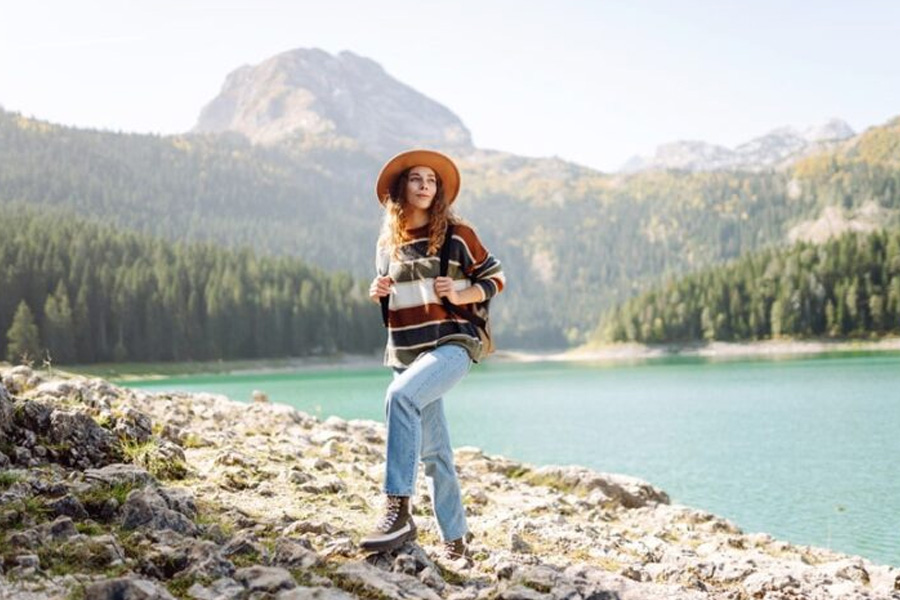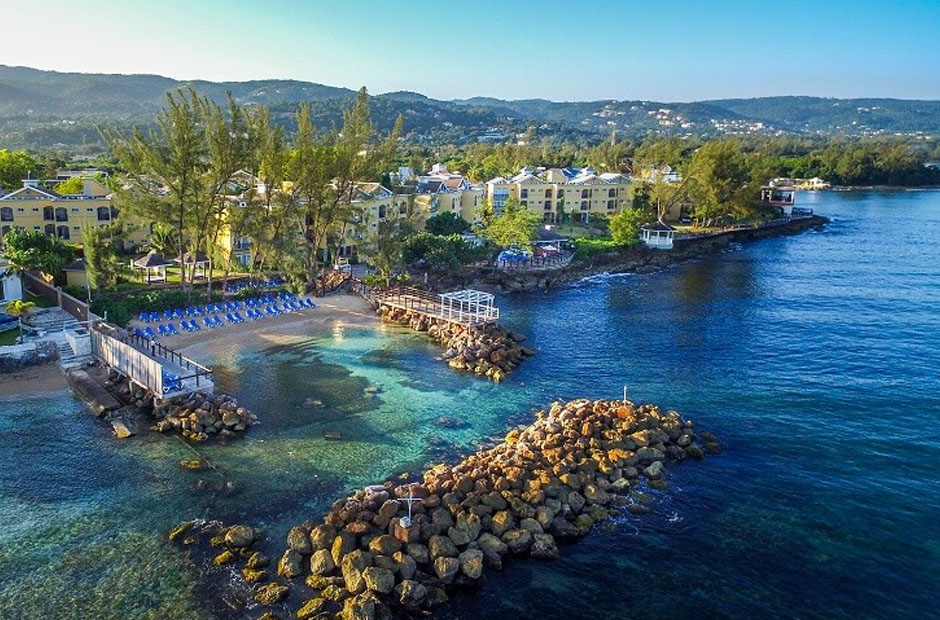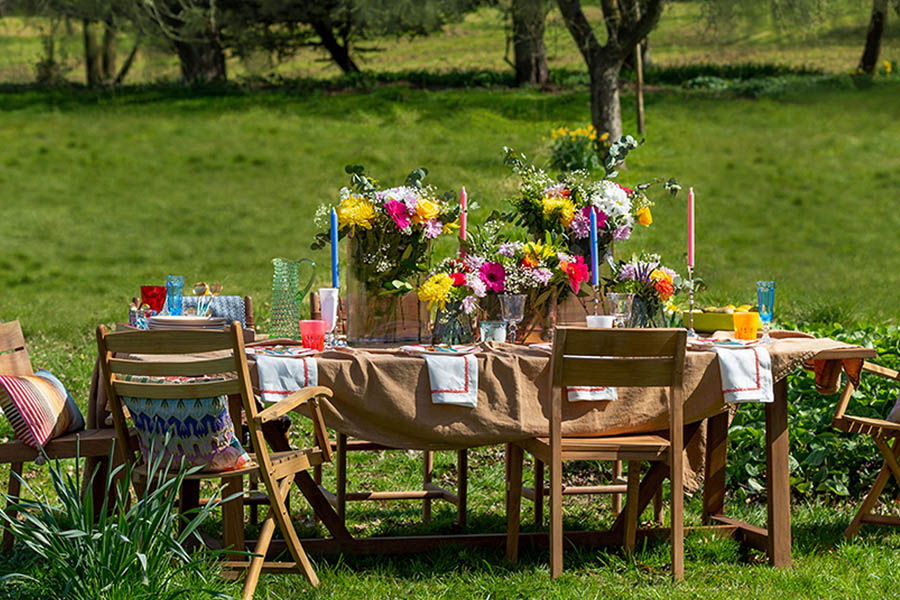Now Reading: The Art of Slow Travel: Finding Magic Off the Beaten Path
-
01
The Art of Slow Travel: Finding Magic Off the Beaten Path
The Art of Slow Travel: Finding Magic Off the Beaten Path

A Gentle Invitation to Slow Travel
Slow travel is the antidote to itineraries that read like checklists. It’s less about how many stamps you collect and more about how the place settles into your bones — the quiet café you return to twice, the lane you rewalk because the light was different that morning. This kind of travel asks you to stretch time, to listen for small rhythms, and to trade hurry for curiosity. It’s cinematic in the best way: scenes that linger, characters who reappear, and moments that feel deliberately staged for you alone.
Presence Over Pace
The core of slow travel is presence. Rather than beating the clock to see every landmark, you slow down and let impressions accumulate. A sleepy village becomes memorable not because it has one famous stone, but because the baker knows your coffee order by the second morning and a street dog insists on shadowing your walk. When you choose presence, each moment accrues texture — the clink of cups, a child’s shout, the smell of rain on hot pavement — until ordinary things feel incandescent.
Adventure Amidst Stillness
“Slow” does not equal passive. Adventure can be woven into stillness: a morning hike that’s more about the conversation than the summit, or a local craft workshop where you get your hands messy and laugh at your own mistakes. Places that offer both quiet and a pulse are ideal for this balance. Think of a snow park’s tubing run followed by a long, lazy hot-chocolate cooldown, or an axe-throwing lane where the friendly banter lingers long after the throws stop. The thrill is sharper when your heart is already calm.
The Beauty of Wandering Without Direction
Wandering without a map is not lostness; it’s possibility. When you allow yourself to drift — turning a corner because the light looks interesting, following a melody down a side street — you open the door to surprises that aren’t listed in guidebooks. You might find a tiny gallery stacked with local prints, a street vendor who makes the best flatbread you’ve ever had, or an alley where an old mural seems to silently narrate the town’s history. Those unplanned discoveries often become the stories you keep telling.
Savoring Local Flavors and Traditions
Food is a doorway to deeper understanding. Slow travel treats meals like events: a long lunch in a family-run restaurant, a market tour where the seller tells the story behind a spice, or a cooking class where you learn not just a recipe but a history. Eating becomes study and celebration at once. Markets, home kitchens, and roadside stalls reveal the rhythms of daily life in a way that flashy restaurants rarely do, and tasting something made from a grandmother’s recipe immediately connects you to a lineage.
Building Connections Beyond Tourist Circles
Time loosens social boundaries. When you’re not racing, conversations evolve beyond the functional — directions, tips, quick pleasantries — and into real exchange. Home stays, local events, or simply lingering in a neighborhood café let you witness rituals and hear perspectives that never make it into guidebooks. Language barriers shrink under curiosity and patience; a shared laugh, a small favor, or a meal together often says more than perfect grammar ever could.
Practical Ways to Slow Down
You don’t need to disconnect entirely to slow down; you need to shape your schedule differently. Choose one neighborhood and live like a temporary resident: buy groceries, learn the bus route, or sit in the same park at dusk for a few evenings. Swap a long list of sights for a handful of experiences — and then give each one time to breathe. Carry a notebook or camera, but resist the urge to document every second; sometimes the best keepsakes are impressions, not pixels.
Letting Time Redefine Value
Slow travel asks you to reorder priorities: depth over distance, curiosity over conquest. The clock becomes gentle company rather than an overseer, and your days gain a different currency — attention. You’ll find mornings without alarms and afternoons that end with an unhurried dinner, not because plans failed but because something worth savoring appeared. This rhythm doesn’t make the trip longer so much as richer; small acts — tracing old planks at a market stall, lingering over a painting, listening to a story — compound into a deeply felt memory ledger.
Making Memories That Matter
What sticks from slow travel isn’t always the grand sight but the tiny, human scenes: a vendor who remembers your taste, a child who shows you a secret lane, the way light spills across cobbles at golden hour. Those moments are cinematic because they unfold with intention and rhythm, like a scene written for mood rather than spectacle. Over time, they stitch together into a tapestry that feels both personal and oddly inevitable.
FAQ
What is slow travel in one sentence?
Slow travel is an approach that prioritizes immersion, time, and meaningful encounters over ticking off attractions.
Can slow travel include adventurous activities?
Yes — slow travel blends calm presence with selective adventures, making thrills feel deeper because you’re fully there.
How do I start practicing slow travel on a short trip?
Pick one neighborhood or small region, stay put for several days, and plan fewer activities with more time for wandering.
Is slow travel more expensive?
Not necessarily; it often shifts spending from expensive tours to lived experiences like local meals and longer accommodation stays.
What are the best activities for slow travel?
Walking local neighborhoods, market visits, cooking classes, long meals, and small community events — activities that invite time and connection.





















